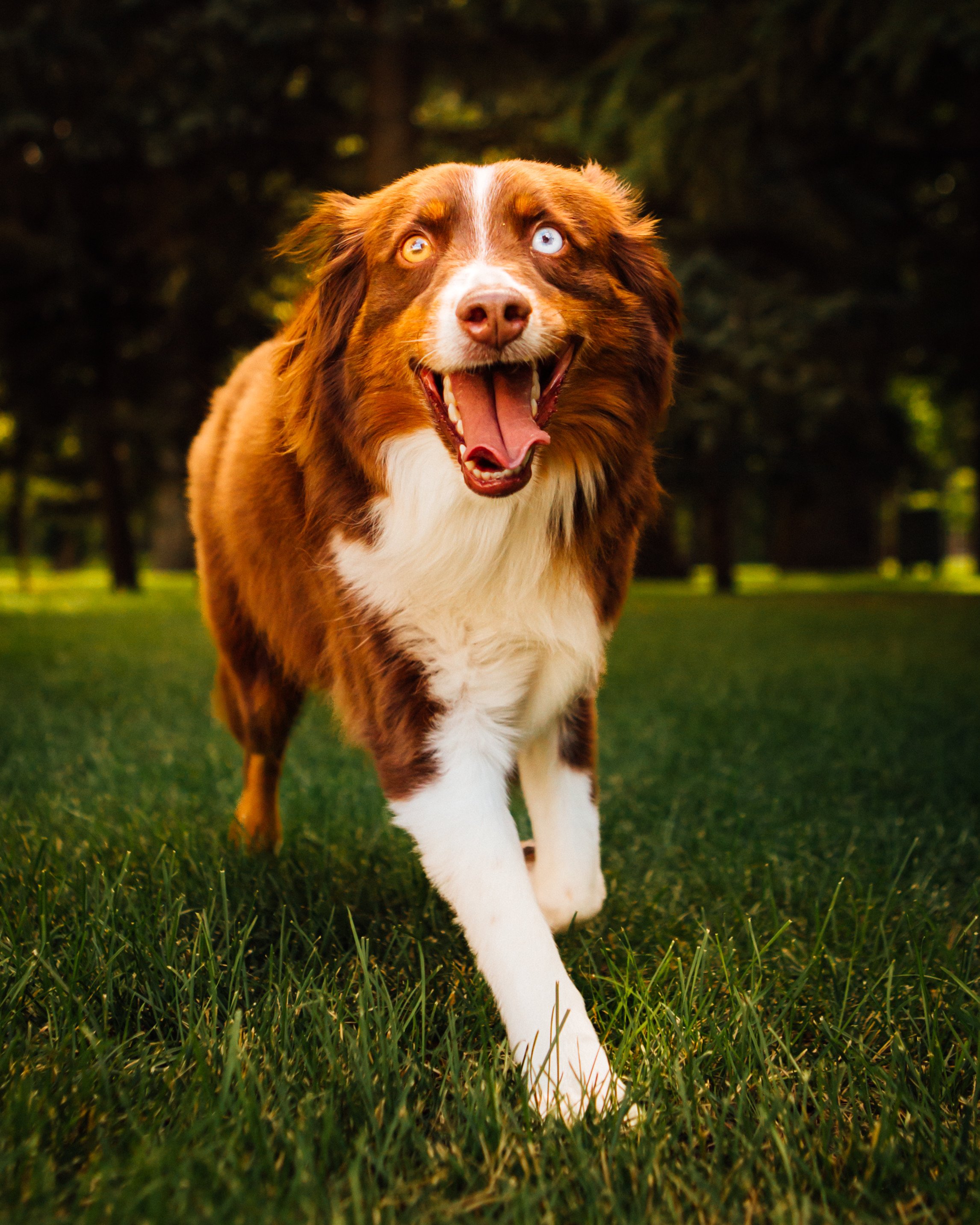Understanding CCL Injuries in Dogs (Part 3): Which Treatment is Right for Your Dog?
When it comes to treating a torn cranial cruciate ligament (CCL), two options often rise to the top: stem cell therapy and TPLO surgery. Both have their place in veterinary medicine—but how do you know which one is right for your dog?
Stem Cell Therapy
Stem cell therapy taps into the body’s own ability to heal. We collect a small amount of your dog’s fat tissue, isolate the stem cells, and inject them into the affected joint. These cells reduce inflammation, promote tissue repair, and can help relieve pain without surgery.
Pros:
Minimally invasive
Shorter recovery time (typically a few weeks of restricted activity)
Excellent for early joint degeneration or partial tears
Can be repeated if needed
Especially helpful for dogs who aren’t ideal surgical candidates
Cons:
May not be effective for complete tears with significant instability
Best results are seen in early-stage injuries
TPLO Surgery
TPLO (Tibial Plateau Leveling Osteotomy) is the most common orthopedic surgery for complete CCL tears. Instead of replacing the torn ligament, it changes the angle of the tibia to stabilize the joint. Most active dogs return to their normal lifestyle post-surgery.
Pros:
Best long-term outcome for full-thickness CCL tears
High success rate in restoring function
Especially effective for large or high-energy dogs
Cons:
More invasive
Requires strict post-op care (8–12 weeks of recovery with restricted activity)
Risk of surgical complications (as with any surgery)
The Bilateral Factor
It’s important to note that about 75% of dogs who tear one CCL will eventually tear the other. Whichever treatment path you choose, staying vigilant with your dog’s recovery and long-term joint health can help delay—or prevent—that second injury.
Still unsure which approach is best? We’re always here to help guide you through the decision based on your dog’s individual needs, lifestyle, and health history.

